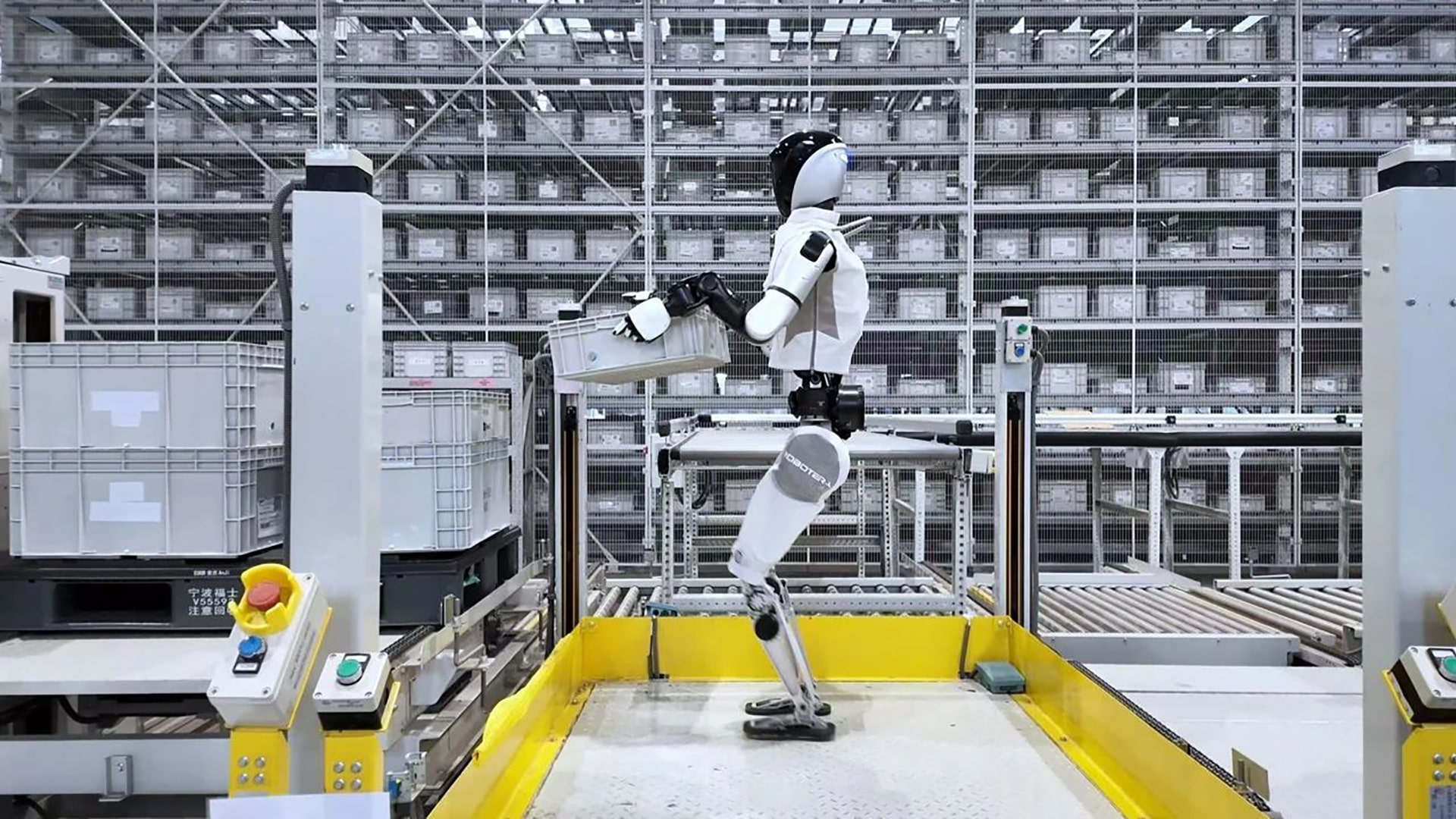Robot Era, an embodied intelligence company, has completed a Series A+ funding round, raising nearly RMB 1 billion (USD 140 million). The round was led by Geely Capital, with participation from BAIC Capital, the Beijing Artificial Intelligence Industry Investment Fund, and the Beijing Robot Industry Development Investment Fund.
Since its founding two years ago, Robot Era has attracted several well-known investors, including Alibaba, Haier Capital, Lenovo, Geely, and BAIC.
As orders rise across the robotics sector, 36Kr has learned that Robot Era’s commercialization efforts are also accelerating. The company has secured more than RMB 500 million (USD 70 million) in commercial orders for 2025 and has established partnerships with Geely, Renault, SF Express, TCL, Haier, and Lenovo.
In logistics, Robot Era’s largest single order is reportedly close to RMB 50 million (USD 7 million). In commercial services, robots co-developed with Haier have already entered retail stores.
Co-founder Xi Yue told 36Kr that the company’s commercialization strategy includes identifying deployment scenarios that align with different stages of technological development. In manufacturing, Robot Era’s robots can handle component picking, high-precision assembly, and quality inspection. In commercial service environments, they support in-store cleaning and guided tour services.
In the developer ecosystem, Robot Era’s robots have been adopted by ByteDance’s robotics lab, Skild AI, and other institutions engaged in robotics R&D and technology transfer.

For robotics manufacturers, standardization is a key step toward improving commercialization efficiency. Xi said Robot Era is piloting a standardized, reusable handling and sorting solution for logistics clients. The solution is built on the company’s L7 humanoid robot, powered by its vision-language-action model ERA-42 and integrated into logistics clients’ business systems.
Robots can participate in parcel sorting and scanning within logistics workflows, improving operational flexibility. Logistics systems can issue task-level commands directly to the embodied model, which provides real-time updates on progress and status. This approach addresses a common challenge in logistics workflows, where operational processes often function as a black box.
Robot Era has deployed pilot installations of this solution with multiple global logistics companies.
Beyond the domestic market, the company is expanding overseas. 36Kr has learned that Robot Era’s products have entered North America, Europe, Japan, and South Korea, with overseas revenue accounting for about half of total revenue. According to the company, nine of the world’s ten largest tech companies are now its clients.
Alongside commercialization, Robot Era continues to advance its R&D in hardware and embodied intelligence. Last year, the company launched ERA-42, its first system combining a world model with a fast-slow hierarchical architecture. ERA-42 extends the utility of large volumes of online video data into embodied intelligence applications, enabling robots to learn physical principles and perform more refined operations.
In October, Robot Era collaborated with Stanford University’s Chelsea Finn to propose Ctrl-World, a controllable generative world model that enables robots to conduct task rehearsals, strategy evaluation, and self-iteration within an “imagination space.” The model is claimed to improve task completion rates in unfamiliar environments by 44.7%.
On the hardware front, Robot Era distinguishes itself by creating robots using a modular, Lego-like approach. Over the past two years, it has released modular components including dexterous hands (XHand 1 and XHand 1 Lite), the Q5 commercial service robot, the bipedal L7 robot for industrial use, and the M7 upper-body modular platform.
Xi said modular design allows the team to adjust configurations to meet the needs of different industries.
Robot Era also continues to focus on in-house hardware development. More than 95% of its components, including joints, dexterous hands, and motors, are self-developed, according to the company.
KrASIA Connection features translated and adapted content that was originally published by 36Kr. This article was written by Su Jianxun for 36Kr.

